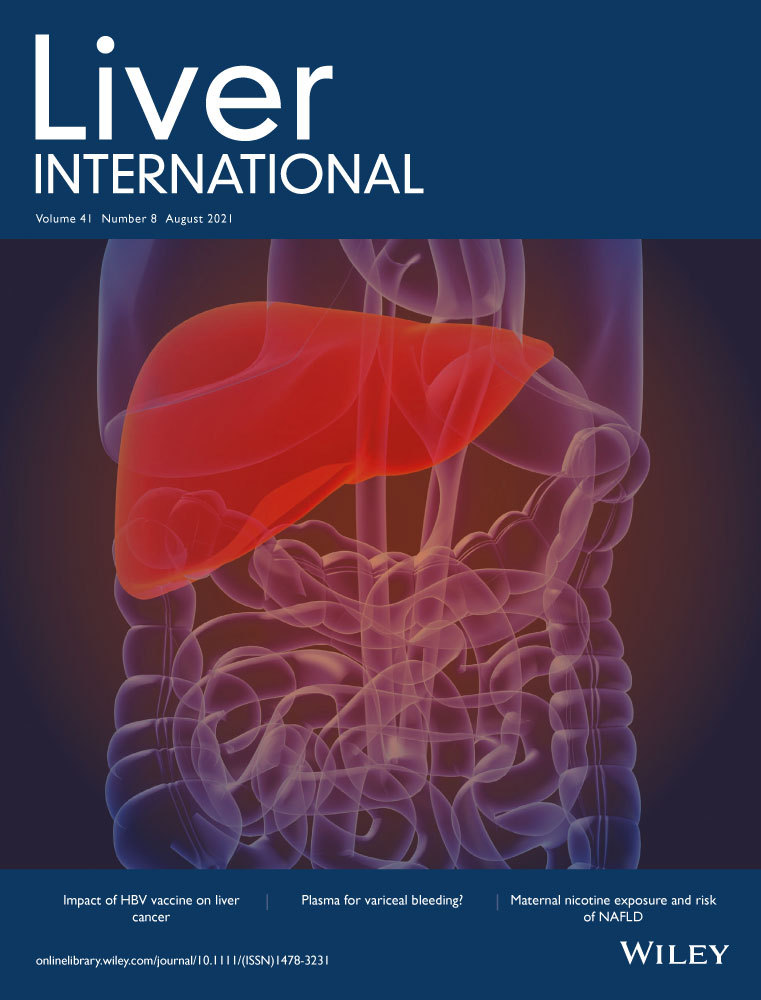Abnormal cholesterol metabolism underlies relative adrenal insufficiency in decompensated cirrhosis
Funding information
This study was funded exclusively through internal funds.
Handling Editor: Michelle Long
Abstract
Background and Aims
Relative adrenal insufficiency (RAI) in patients with cirrhosis is associated with increased mortality. Although the pathogenesis of RAI remains unclear, disordered cholesterol metabolism may contribute.
Methods
We performed a prospective cohort study of 96 non-critically ill subjects with decompensated cirrhosis at a tertiary care centre. Subjects were administered 250 µcg cosyntropin, with RAI defined as an increase in total cortisol <9 µg/dL. High-density lipoprotein (HDL) levels and serum cholesterol esterification percentage (%CE), a validated surrogate marker of lecithin-cholesterol acyltransferase (LCAT) activity, were measured to assess the relationship between disordered cholesterol metabolism and the presence of RAI. Subjects were followed until death, liver transplantation or a maximum of 6 months.
Results
Subjects with RAI had decreased levels of HDL (18 vs 29 mg/dL, P < .01) and %CE (64% vs 66%, P = .03). Correlation was seen between HDL and %CE (r = 0.7, R2 = 0.49; P < .01) and each integer decrease in %CE predicted an approximately 2% increase in the probability of RAI. Transplant-free survival was reduced in subjects with RAI at both 6 months (43% vs 71%, P = .01) and 90 days (54% vs 81%, P < .01).
Conclusions
Disruption in cholesterol metabolism contributes to the development of RAI in cirrhosis, as decreased LCAT activity leads to reduced HDL trafficking to the adrenal gland.
CONFLICTS OF INTEREST
None.




